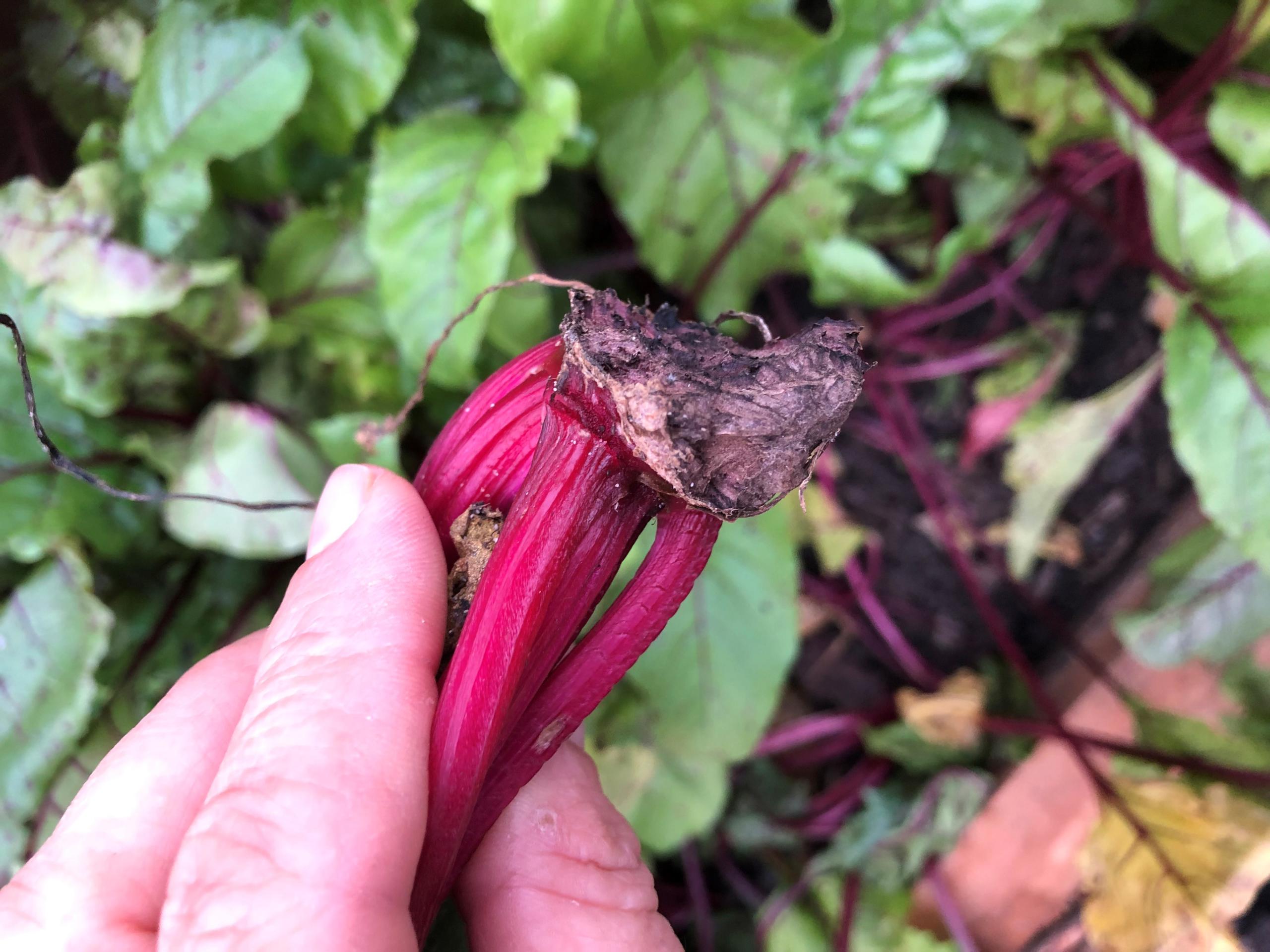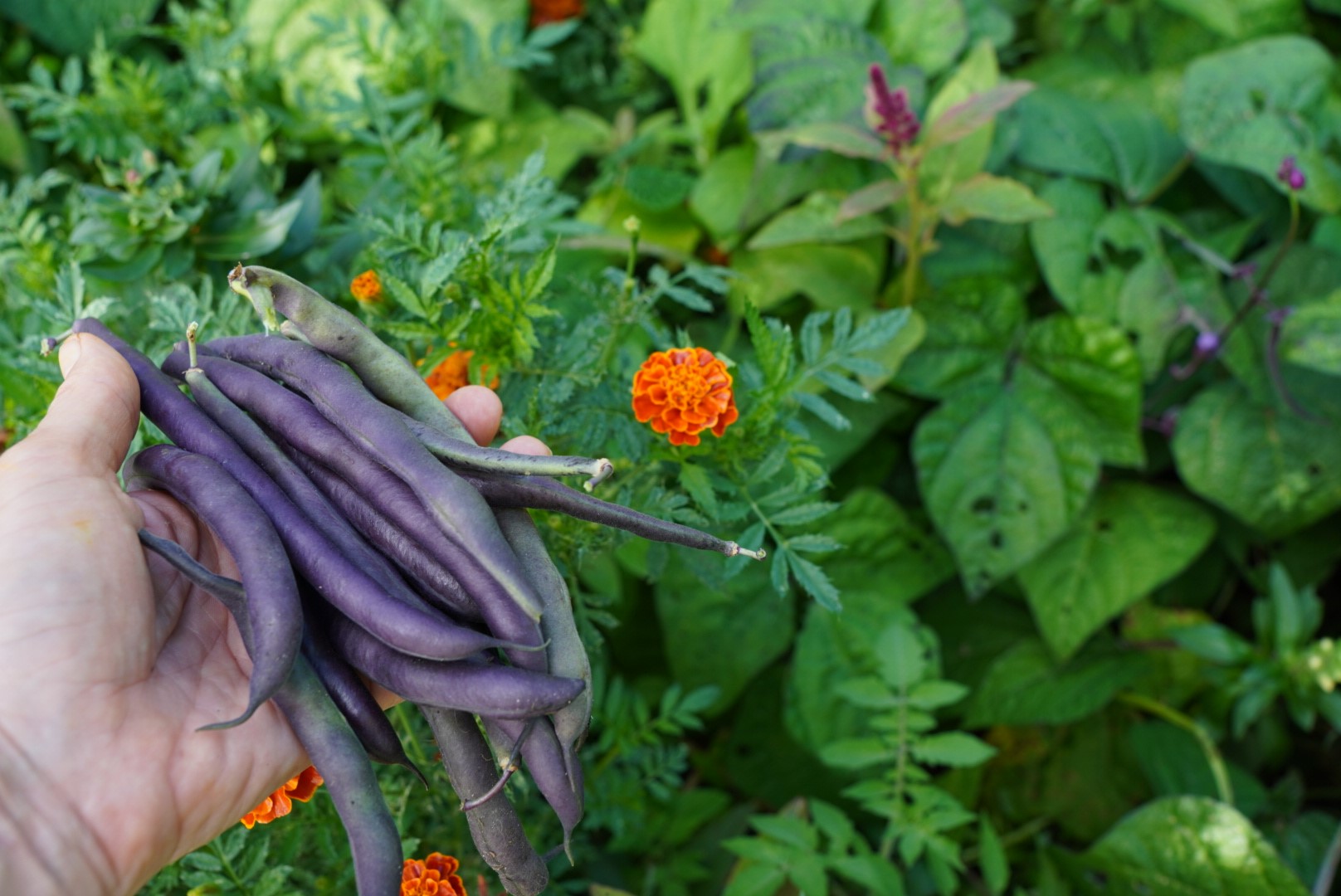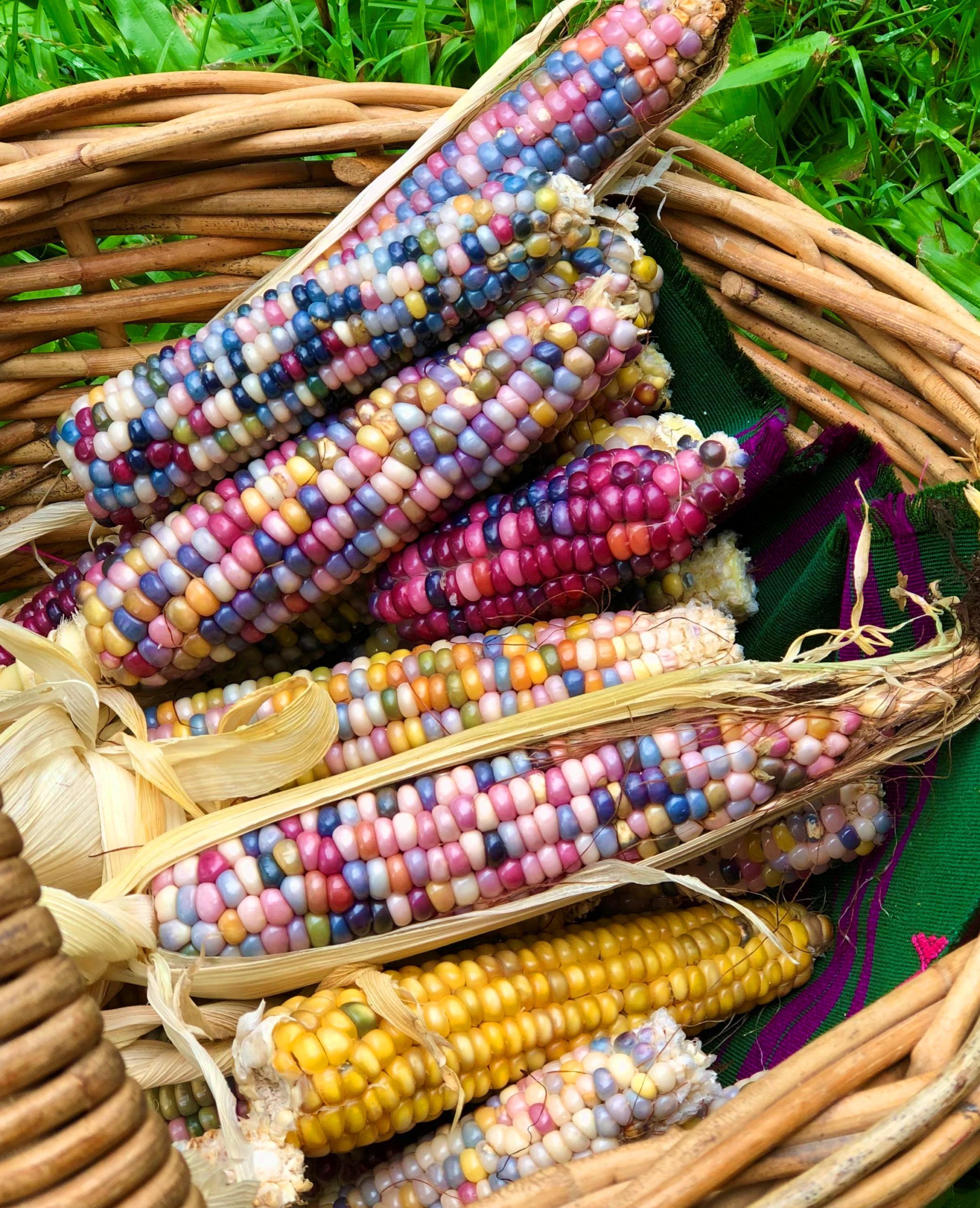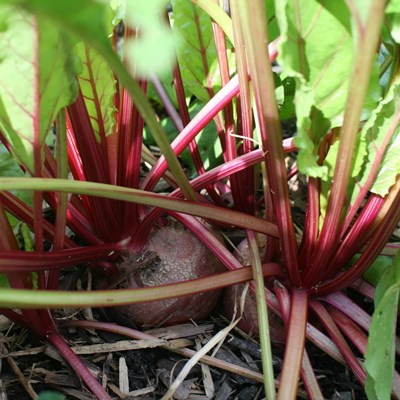I know I often sprout on about growing from seed, but it really is so rewarding to grow a plant from a tiny seed, resulting in a meal on your table. I also love growing from seed because it means my garden is unique and varied- not just a grown-up replica of a nursery punnet list, and it’s so much cheaper.
But there are challenges… Just this week, rats got into my 9 trays of freshly germinated seeds, some of the seeds which I’d sent away for, and planted only when conditions were right. They scruffled up the lot and ate most of them. So, I set traps and covered the seeds with thick fruit fly netting. The following morning, two rats were caught and drowned, then added to the compost heap, but there were also holes in the netting too. Those seeds just didn’t have a chance. Today I sprayed Biodynamic Rat Peppers, set more traps, and covered again. Let’s see about tomorrow…
UPDATE …
The rat peppers have worked wonders in just 24 hours. No rats in the garden and none in the traps. The few remaining beets have been saved from those hungry rats. If you’d like to try Biodynamic peppers, please email me and I’ll put you in contact with the producer.

But on a cheerier note, rats notwhithstanding, there are some seeds worth growing for their sheer successful simplicity. Before you start though, prepare the soil well so it’s fertile, moist and easy to dig. Choose to plant fresh seed that’s been stored correctly. The first watering should be with seaweed liquid plus worm farm liquid if you have any, to encourage germination. Once planted, keep the seed bed moist
Start fertilising with a liquid feed like Fish and Kelp when your seeds have germinated and grown 2-4 leaves. They need a feed 1-2 times a week when young and less as they grow older and spread their roots into the fertile soil.

Here are my 6 faves.
Beans
Sow all beans into a hole about twice the depth of the size of the bean. To avoid rot, water once then leave a few days until they germinate unless its frightfully hot and dry.
Try French or bush beans, Borlotti and climbing beans such as Purple King. Snake beans and Madagascar beans are heat tolerant beans that climb furiously over a trellis or tepee.
Radish
These are the quickest seeds of all to grow and harvest. Plant into rows you’ve scratched with a stick or dibber to about 1cm deep. Shapes include long reds, long pink and whites or round red varieties. Harvest 6 weeks later.
Snow peas and sugar snaps
These need some lime or dolomite mixed into the soil before you plant. A cup per square metre is good, plus add some humates (Available from Linda) to reduce powdery mildew. Plant seeds a hand width apart, 1 cm deep and give them a climbing frame.
Lettuce
A lettuce plant will go to seed quickly in warm weather but don’t just toss out the flowers and fluffy seed heads. Keep them and dry them off in a bag. Then sprinkle onto moist, freshly fertilised soil, Add a light cover of soil or vermiculite and water in.
Asian greens
These open cabbage type plants are simple to grow. Sow individual seeds about hand width apart in rows about 30cm apart. They need constant moisture as do all leafy greens so they don’t wilt as they mature. Tatsoi, Pak choy and Kai lan are just a few to consider.
Sweet corn and Glass Gem Corn
They are greedy feeders so add plenty of manure and compost to your soil before planting. Corn grow well with 2 seeds per hole so they help each other stand up. Sow them 30 cm apart and in blocks of 6 or more rows for good cross pollination. I also feed them again when they are about 6 weeks old.




